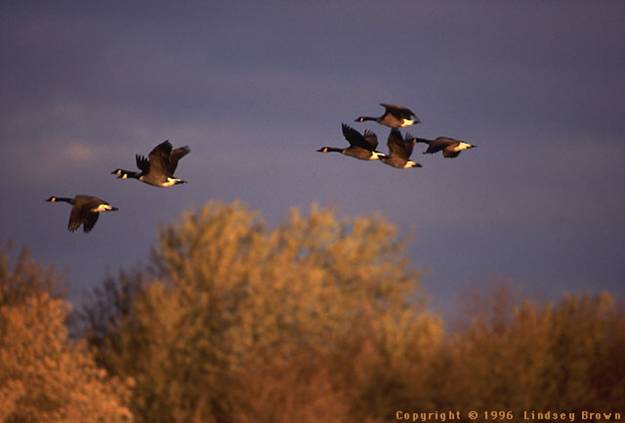Throughout the much of the eastern United States many communities identify overpopulation of resident Canada Geese as a leading suburban wildlife conflict. Geese nest on lawns, parks, golf courses and other human spaces in proximity to water, and as a result of their aggressive behavior and droppings many people have come to view the Canada Goose as a nuisance animal. The life span of a single goose is often up to twenty years and each mating pair of geese over the age of three produces roughly five offspring annually. The overpopulation experienced in many communities grows exponentially with each mating season, if populations are not properly managed. Most methods of population control, such as the total elimination of geese are ineffective in the long term. However, solutions that discourage geese from nesting in certain areas, through a series of techniques, are far more effective. Unfortunately because of misconceptions and cost concerns these long-term methods are often not explored.
|
 |
I plan to select two small towns, which dealt with their goose overpopulation in very different ways. At present, the two towns I plan to explore are Lake Barcroft, Virginia and Braintree, Massachusetts. Lake Barcroft has had great success in the utilization of a border collie and egg addling as management tools, where as Braintree opts to eliminate the geese by gunfire. I seek to better understand the origins of these solutions, as well as the precedent set nationally for their use. Through these cases to gain better insight into this charged issue draw upon information put forth by HSUS and the MSPCA who are active in the issue of Canada Goose Management. Through my research, I hope to uncover accounts of success and failure of management and public process. |